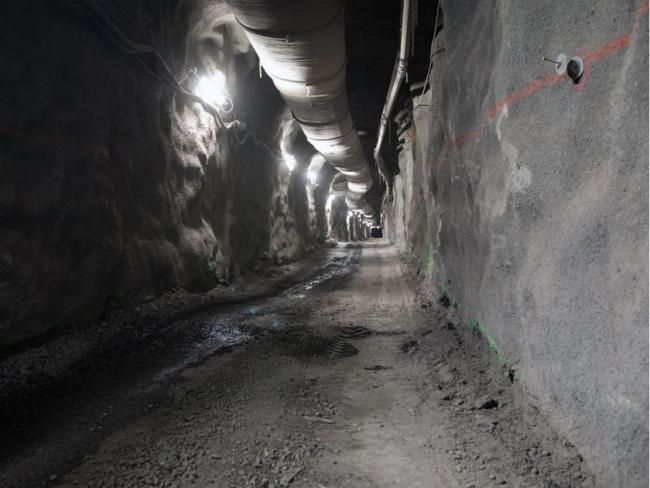Articles Menu

July 16, 2018
This month, as the world’s diplomats gather in New York to review progress in implementing the United Nation’s vision of fair and sustainable economic development, Canada wants its own record front and centre. Last year, Prime Minister Trudeau told the UN that the sustainable development goals are “as meaningful in Canada as they are everywhere else in the world.” This year, Canada has put itself forward to be one of only a handful of nations that will be subject to a voluntary review during the UN’s High Level Political Forum on Sustainable Development.
However, Canada’s efforts to paint itself as a champion of sustainable development are undermined by its own failures. In particular, the massive Site C dam project in northeast B.C. has become emblematic of the gulf between the progressive public rhetoric of Canadian politicians and the reality of how major investments by the federal and provincial governments often play out on the ground.
At a price tag of almost $11 billion and climbing, Site C is one of the largest energy development projects on the continent. Although B.C. Hydro continues to bill Site C as a ‘green energy’ project, nothing could be farther from the truth – a fact that is not likely to escape notice during the upcoming sustainable development forum.
The UN’s sustainable development goals call on all states to promote conservation and halt biodiversity loss. The Site C dam is a planned environmental disaster that will wipe out more than 100 km of unique valley ecosystem that shelters rare and threatened species of plants and animals. A group of Canadian academics who studied the joint federal-provincial assessment of the dam found that the “number and scope” of harms identified by the joint review panel was “unprecedented in the history of environmental assessment in Canada.” UNESCO’s World Heritage Committee has also raised concerns about downstream impacts at the Wood Buffalo National Park.
The UN’s sustainable development goals also commit states to addressing food security, including by promoting more resilient agricultural systems able to adapt to climate change and natural disasters. In addition to loss of natural habitat, the Site C dam will destroy some of B.C.’s most fertile farmland and uproot multi-generation family farms. Because of the mild micro-climate created by the valley, which is unique at a such a northern latitude, the lands that would be flooded by the Site C could provide a crucial bulwark against the impacts of climate change.
The 2030 agenda also grounds economic development in the responsibility of all states to respect and protect human rights without discrimination. One of the most shameful aspects of the Site C dam is the abject failure to respect the rights of First Nations who seek to preserve the Peace Valley as one of the few remaining areas in the region where they can still practice their cultures and traditions.
Consider this as well: the B.C. government is currently in front of the courts fighting against First Nations so that construction of the Site C can continue even though the government acknowledges that their constitutionally-protected treaty rights have been ignored. The legal tactics being used by the province are at odds with the sustainable development goals which describe “democracy, good governance and the rule of law” – including access to justice – as the “enabling environment” essential for sustainable development.
The federal and provincial governments could allay all these concerns by withdrawing their permits for this destructive and unnecessary mega project. With the UN’s sustainable development agenda, Canada has already embraced – and indeed championed – an alternative vision in which economic development is pursued in ways that compatible with and supportive of our social and environment values. Now Canada needs to live up to that vision. At the very least, the federal and provincial governments should not be pursuing projects like Site C that so sharply contradict Canada’s international commitments.
A.J. Klein is an organizer with the Council of Canadians. Grand Chief Stewart Phillip is president of the Union of BC Indian Chiefs. Craig Benjamin is Campaigner for the Rights of Indigenous Peoples with Amnesty International Canada.
[Top photo: FILE PHOTO: Drainage tunnel on the south bank of contstruction on the Site C project of B.C. Hydro. B.C. HYDRO / PNG]